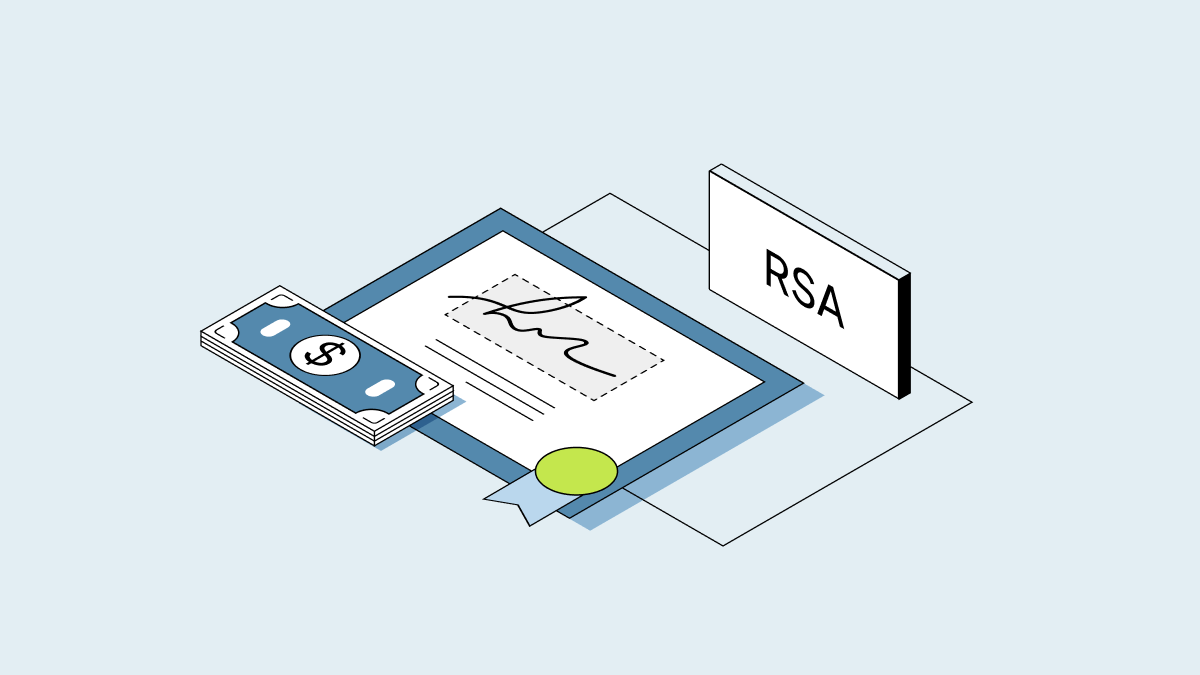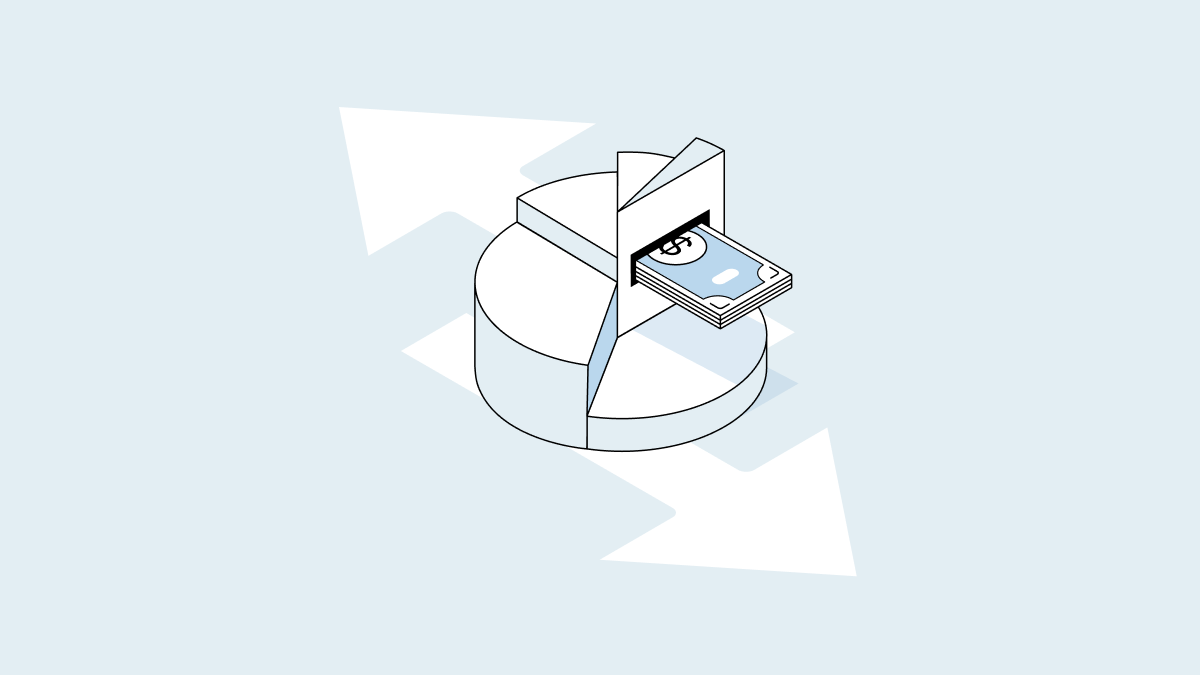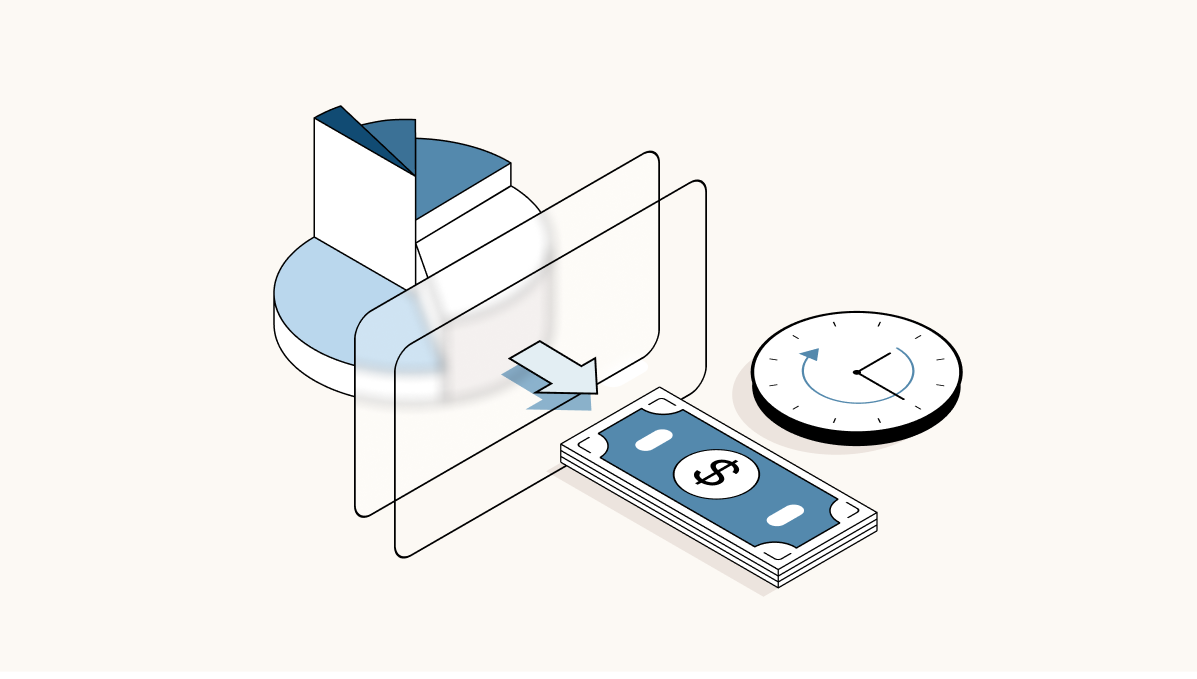Weighing fundraising options as an early-stage founder can be overwhelming, but there’s one solution that stands out for its simplicity: The SAFE agreement.
Keep reading for a detailed breakdown of the potential advantages and disadvantages of fundraising with SAFEs, as well as a detailed list of everything you need to know before issuing one.
What is a SAFE agreement?
SAFE stands for Simple Agreement for Future Equity. A SAFE is a convertible instrument, which is a type of investment that converts into equity at a specified time. With SAFEs, that “specified time” is typically your company’s next priced round.
What’s the difference between a SAFE and a priced round?
A priced round is an investment based on a negotiated valuation of your company. During a priced round, such as a Series A round, you give investors shares of equity in exchange for the money they give you.
When fundraising with SAFEs, however, you don’t give investors anything right away; instead, you promise them future shares of stock in exchange for their investment today. Whereas priced rounds are more structured, SAFEs are typically looser and more flexible.
What’s the difference between a SAFE and a convertible note?
Similar to a SAFE, a convertible note is another type of convertible instrument, meaning it converts into equity at a particular time. However, unlike a SAFE, a note is considered debt, which means it comes with an interest rate and maturity (or expiration) date. A SAFE doesn’t come with an interest rate or maturity date, but it typically does include a valuation cap and/or a conversion discount to protect investors.
SAFEs and convertible notes also convert into equity at different times. While SAFEs convert into equity during the next priced round (no matter how much money your company raises), convertible notes typically convert into equity only when you raise a certain amount of capital in a priced round, like $1 million.
What type of company can issue a SAFE?
If you’re considering fundraising with SAFEs, your company needs to be classified as a C-Corp, meaning you have a set ownership structure and pay corporate income taxes on your profits and losses. There are instances where LLCs may be able to raise SAFEs, but the process is more complicated. In general, it’s easier to fundraise as a C-corp rather than an LLC, since investors view LLCs as inherently riskier.
In any case, it’s a good idea to consult your lawyer for more information on the regulations and process of issuing SAFEs.
The key SAFE terms you need to know
Having an understanding of the below concepts is critical to successfully fundraising with SAFEs:
Valuation cap
A valuation cap is the maximum valuation—for purposes of determining the price per share—at which an investor’s money converts into equity. SAFEs come with valuation caps to entice early investors and reward them for taking a risk on your company in its infancy.
If the valuation of the company in the priced round is higher than the valuation cap of a SAFE, the SAFE will convert into equity at a lower price per share than the price paid by investors in the priced round.
Discount price (or conversion discount)
The discount price, often called a conversion discount, gives investors a discount on the price per share when their SAFE converts into equity. If, for example, Series A investors pay $1 per share during a priced round, a SAFE holder with a conversion discount will get to purchase their shares at a rate below $1 per share.
If a SAFE has a valuation cap and a conversion discount, the investor typically gets to take advantage of whichever option gets them a lower price per share.
Most Favored Nation clause
The Most Favored Nation (MFN) clause, which appears in the legal documents detailing the terms of a SAFE, protects investors.
The MFN clause typically states that if you issue additional convertible securities to future investors with better terms (like a lower valuation cap, for example), those terms will automatically apply to your first investor’s SAFE as well. Once an investor’s SAFE converts into stock, however, the MFN clause no longer applies.
Qualifying round
Otherwise known as a qualifying event or transaction, a qualifying round is the priced round at which a SAFE will convert into equity. When fundraising with SAFEs, typically any priced round will be a qualifying round.
Exit event
An exit event refers to a change of control within your company, like an IPO or liquidity event. If you undergo an exit event before your SAFEs convert into equity, investors holding SAFEs will receive cash proceeds in amounts proportional to their individual investment terms.
4 important factors to consider before you raise a SAFE
Before you begin fundraising with SAFEs, take some time to reflect on your company’s goals and equity distribution plan. Answering the following questions will give you a better idea of whether or not SAFEs are a good fundraising solution for your company.
1. How much of your company’s equity do you plan to give up?
The more investors you bring in and the more money you raise via SAFEs, the more your shares will be diluted. It can be tricky to know how much equity you’re losing when you issue a SAFE, since you’re not actually giving away shares of stock upfront.
However, it’s crucial to at least estimate how much your shares will be diluted once the SAFE converts into equity. Here at Carta, we created a free SAFE conversion calculator to help you with these estimates.
2. How much money do you want to raise in your next priced round?
You may not be able to predict exactly how much money you’ll raise during your next priced round, but you should have a clear idea of your fundraising goals.
If you raise too much money via SAFEs, you could end up over-diluting your Series A investors when those SAFEs convert into equity. Saving a certain amount of equity for your next priced round, however, can help ensure future investors stay interested and motivated.
3. What milestones will you use the money to reach?
During your seed round, you want to raise enough money to reach the specific milestones that will increase your company valuation and set you up for success during your Series A round. Milestones could be achieving an internal growth goal, launching a product within a certain timeframe, hitting a specific fundraising target, or attracting a particular investor.
Defining your milestones helps you set more realistic fundraising goals, so you can raise enough money to grow your company while avoiding excessive dilution.
4. How will you track your SAFE investments?
A common mistake many early-stage founders make is neglecting to properly record their outstanding SAFEs. Each SAFE you issue might have a different valuation cap or conversion discount, and if you don’t keep track of these details, you can end up diluting your ownership more than you wanted to.
Fortunately, staying on top of your various SAFE investments doesn’t have to be complicated. Carta can help you track all your investments with our cap table management software.
Advantages and disadvantages of fundraising with SAFEs
As with any fundraising method, there are both benefits and drawbacks to raising money via SAFEs.
|
ADVANTAGES |
DISADVANTAGES |
|
SAFEs could be faster and more affordable than a priced round. Because there are fewer terms to discuss and negotiate with a SAFE, you can draw up contracts quickly and spend less money in legal fees. |
It could lead to excessive dilution.If you’re not careful about where you set your valuation cap, you could end up over-diluting your personal shares or the shares reserved for your Series A investors. |
|
They’re appealing to investors.Early investors might be more willing to take a risk on your company because they’re protected by the valuation cap or conversion discount. |
You may have a harder time finding investors. Without an obvious lead investor to drum up interest in your company (like in a priced round), you may have to search harder for investors willing to bet on your company early. |
|
They give you time to reach certain milestones. If you need quick funds but don’t want to do a formal company valuation just yet, SAFEs give you the option to fundraise with more flexibility. |
|
|
They have no interest rates. As a founder, you don’t have to worry about paying down debt with a SAFE. |
|
Getting started with SAFEs
SAFEs are an effective, easy way to fundraise for your company during its seed round. They’re straightforward, affordable, and fast to issue; however, they can also cause potential over-dilution problems if you’re not careful.
If you’re interested in raising money with a SAFE, take some time to assess your goals and fundraising targets, then check out how Carta can help you stay on top of your cap table.



